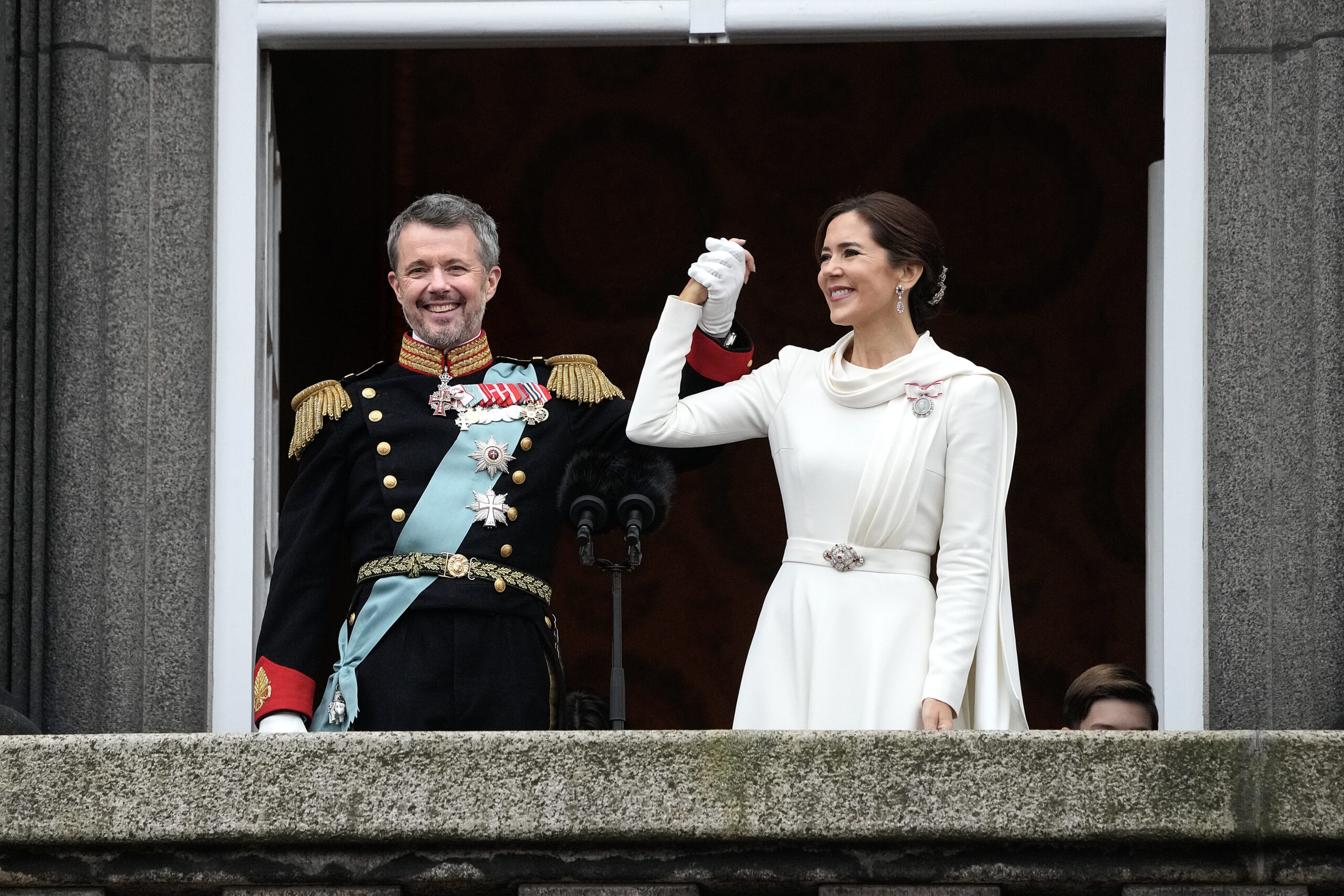
The sparkling ruby and diamond parure that has become synonymous with the brand new Queen of Denmark acquired a new chapter in its history when parts of it were worn by Queen Mary on the day she became consort. Left to her husband, King Frederik, by his grandmother, Queen Ingrid upon her death in 2000, the parure has a unique history that spans several centuries and countries.
The origins of this parure trace back to the court of Napoleon Bonaparte. During the preparations for his coronation as Emperor of the French in 1804, Napoleon put considerable effort into ensuring the event would be as impressive as possible. To ensure all his significant guests looked the part, he provided money to his marshals in order to enable them to buy their wives appropriate jewels for the event. Jean-Baptiste Bernadotte was one of those men, who acquired the now infamous ruby and diamond wreath tiara and parure for his wife Désirée Clary from a jeweller in Paris. The original set included the necklace, earrings, a large brooch, and hairpins all in the style of branches with diamond leaves and ruby berries. Interestingly, Désirée’s connection to Bonaparte went far deeper than her husband’s involvement with him. Until 1795, she had been engaged to Bonaparte himself. Her sister was also married to Napoleon’s brother, Joseph.
Désirée wore the jewels for Napoleon’s coronation unaware that her life would be changing significantly several years later. Years following the coronation in 1810, her husband was elected the Crown Prince of Sweden, and Désirée was forced to move back to Scandinavia from her preferred life in Paris. With this move, she packed the now infamous diamond and ruby set of jewels. Years following that, with her husband becoming King Carl XIV Johan of Sweden (and Norway), Désirée was unhappy and quickly moved back to Paris where she remained until 1823. During that time, her son, Oscar, married Josephine de Beauharnais – the granddaughter of Empress Josephine, which caused Désirée to move back to Stockholm once again where she lived until her death in 1860.
Désirée’s daughter-in-law, Josephine was the next owner of the set. Josephine collected many jewels by the end of her life and had a significant collection to choose from when she was choosing jewels to gift to her granddaughter, Princess Louise, who married Crown Prince Frederik VIII of Denmark in 1869. As the colours of the rubies and diamonds echoed the colours of the Danish flag, Queen Josephine was said to have felt strongly that the set should remain in Denmark with Queen Louise, thus marking their return to Denmark. Queen Louise then gave the tiara to Crown Prince Christian’s bride, Alexandrine as a wedding gift; however, Alexandrine waited until the death of Louise to inherit the full parure.
Alexandrine then gave the tiara to her daughter-in-law, Princess Ingrid of Sweden when she married Crown Prince Frederik of Denmark in 1935. Adding to the remarkable story, Princess Ingrid was a great-great-great-granddaughter of the parure’s original owner. This particular set is often called ‘Ingrid’s rubies’ as Princess Ingrid is responsible for the change in design that this set took from looking like a sparse wreath of rubies and diamonds to the significantly more substantial tiara that it is known as today.
As mentioned above, in 2000, Queen Ingrid left the parure to her grandson, Frederik to be worn by his bride and it became the first set of royal jewels worn by the future Queen of Denmark. Consistent with the other wearers of the parure, Queen Mary has altered the tiara to suit her own head shape and style and has worn the parure in many forms. It continues to be one of the most popular sets of jewels in the Danish collection to date.
The current parure includes the diamond and ruby tiara, a necklace, earrings, hairpins, a brooch and a diamond and ruby ring, added by the Queen Mary herself.

